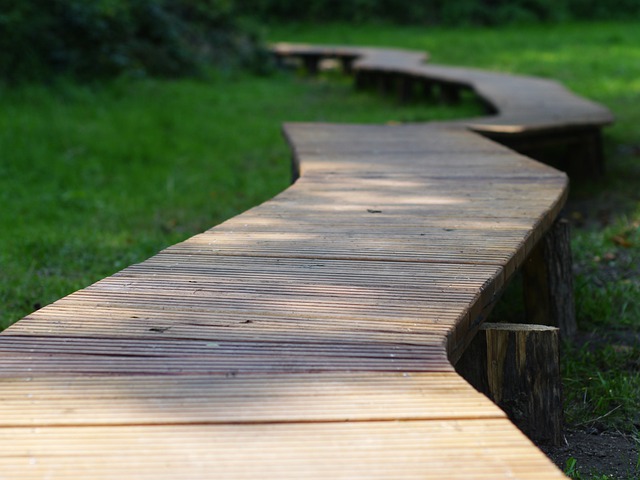A couple of decades ago, I discovered composite materials as an alternative for remodeling our deck at our Tahoe vacation home. Since then, I have tried to use this material anytime I could. It is lightweight and durable simultaneously, but it is also sustainable, requires less maintenance, and lasts longer than wood products because it is synthetic. Additionally, sustainability is crucial since it means no tree products need to be used. And this material is used more or less in the same manner as wood planks and 2x4s; for example, however, they require particular screws instead of wood nails. However, the cutting, placing, installing, etc., are all the same as you would expect from wood products, such as pine or redwood.
Recently, I have found another purpose for using composite planks. We have a civil design and construction project, which will require ADA (Americans with Disabilities Act) compliant ramps. Since our goal is always to include sustainability in all our work, we looked for alternatives to installing concrete ramps. After some cursory research, we realized that the benefits noted above in using composite materials for decking also apply to the construction of ADA-compliant ramps, such as sustainability, less maintenance costs, and their durability and lightweight. Additionally, the look of the composite materials will better fit its surroundings since the ramps will traverse a city park with a drop in elevation of 12 feet across 160 feet. Unlike traditional wood, composite planks will not warp with moisture or sun exposure. And the aesthetics, as shown in the example above, will be more appealing than a concrete walkway in the middle of a landscaped field.
Another advantage to using composite material, as opposed to concrete, when constructing a walkway is that its construction will also be simpler and cleaner. There is no need to bring in a cement truck, mixer, or other appurtenance. Also, there is no cement dust or concrete slurry to deal with during construction. There will be a need to secure the planks into the side of the sloping park, but this can all be done without concrete. Additionally, replacement and repair will be simpler since it will be easier to isolate; carrying the materials to the affected site will not be as cumbersome as transporting concrete for patching or removing and replacing whole sections.
At Sustainable Civil Engineering (SCE,) we are constantly looking for alternatives to using traditional materials and construction practices that will reduce the impact on the environment while at the same time not adding cost and reducing cost, such as in the example outlined above. In addition, sustainable materials and designs, such as in this example of using composite materials, can be and usually are more aesthetically pleasing simply because they are eco-friendly, which means they mesh better with the existing conditions of the surrounding environment. Therefore, always consider sustainable options, and lets us know if we can help you with your civil engineering and construction needs.

